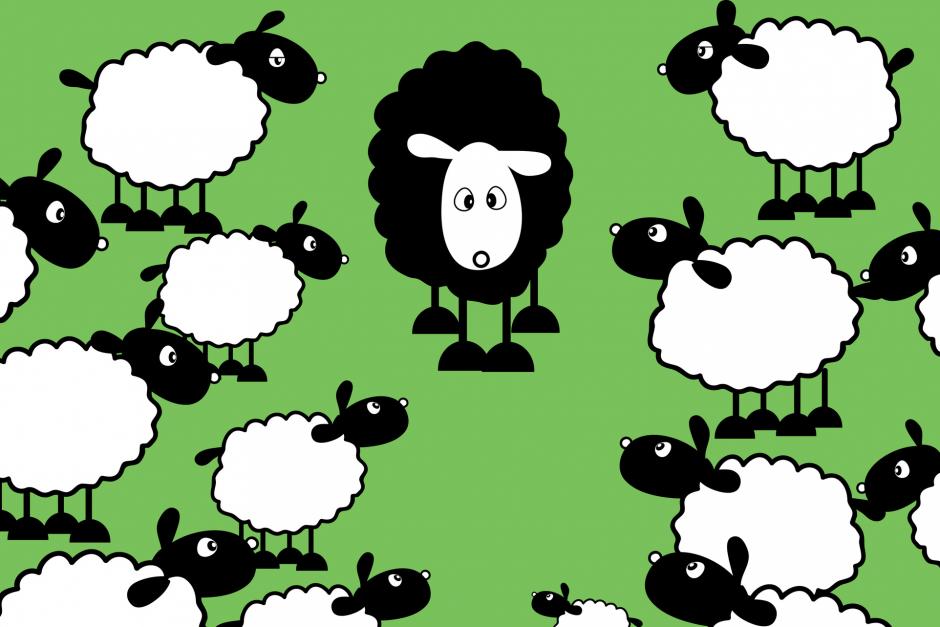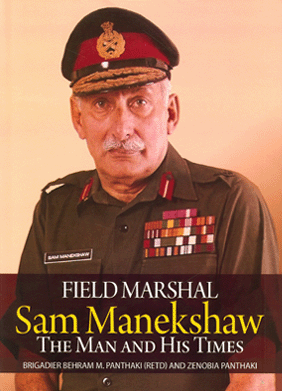 Actively valuing diversity and managing inclusion is the hallmark of a successful global organisation – irrespective of its size or whether it’s commercial, voluntary or part of Government.
Actively valuing diversity and managing inclusion is the hallmark of a successful global organisation – irrespective of its size or whether it’s commercial, voluntary or part of Government.
Diversity matters because in order for such organisations to reach levels of world-class performance, they must embrace a wide range of attitudes, values, beliefs, perceptions and behaviours and not just of those that are employed by them but also those that are shared by the communities that they seek to serve.
Research on both sides of the Atlantic tends to show that social inclusion in the way described isn’t a libertarian ideal but actually makes good business sense.
I was reminded about the power of diversity when I recently ran a leadership workshop for one of the Armed Forces that had found it a struggle to attract, recruit and retain applicants from black, Asian and other minority ethnic backgrounds.
What’s interesting is that the UK is set to become the most diverse country in Europe by 2020 and organisations that don’t reflect a greater degree of diversity than they do at present will start to be left behind in the battle for talent.
Diversity can manifest itself in many ways, including:
- family background
- age
- ethnicity
- gender
- physical attributes, qualities and appearance
- nationality
- sexual orientation
- educational and social background
- religious beliefs.
Diversity doesn’t always come easily for many organisations and one reason is that there’s a natural tendency for humans to gravitate towards people they perceive as being similar and where the recruitment focus is fixated about whether or not someone will ‘fit in’.
To some extent, I’m sympathetic about this.
Either consciously or subconsciously we tend to feel comfortable, at ease and secure when we are with people like ourselves.
But we have to see beyond our own prejudices and not fall into the trap of hiring PLUs (‘people like us’) as that’s a recipe for disaster – we will lack genuine innovation, miss the opportunities for learning and developing news skills and competencies and from a competitive perspective, we’ll start to lose market share to those with better products and services that are much more in tune within rapidly changing market and customer segments.
Some argue that uniformity can hold an organisation together, particularly if this is uniformed organisation such as the Armed Forces or indeed the Scout Association – both of which I’ve had the privilege of working with.
However, as recognised by these organisations as well as others I’ve worked with, sufficient diversity is required in order to stop these organisations from dying. For any system to survive there needs to be sufficient diversity within it to cope with environment change amongst many other things.
Difference certainly adds value. And I was reminded of this when I received a copy of a book that told the story of an inspirational war-time leader. But it’s likely you may never have heard of this remarkable individual.
 Field Marshall Sam Hormusji Framji Jamshedji Manekshaw (Sam Manekshaw) was Chief of the Indian Army from 1969-1973. He was born to a Parsi family from Amritsar and was a practicing Zoroastrian, the smallest ethnic minority group in India.
Field Marshall Sam Hormusji Framji Jamshedji Manekshaw (Sam Manekshaw) was Chief of the Indian Army from 1969-1973. He was born to a Parsi family from Amritsar and was a practicing Zoroastrian, the smallest ethnic minority group in India.
The book, written by Brigadier Behram Panthaki (former Aid-de-Camp to General Manekshaw) and his wife Zenobia Panthaki, traces the life and times of one of the most talented army generals to have served India and its allies, particularly at the point when the British Government announced its decision to grant independence to India on 20 February 1947 and the partitioning of India and Pakistan as a result of the Radcliffe Line, drawn by Sir Cyril Radcliffe that took effect on the 17 August 1947.
It was clear that Sam Manekshaw was destined for a phenomenal military career but what struck me about this story was the fact that Sam Manekshaw defied convention. He was someone who stuck by his values and always placed the needs of others before that of himself.
And he did this his way. As a result, it wasn’t always easy but he showed true leadership and courage when it really mattered and he made friends of everyone who had the honour of working with him.
Similarity and diversity are in fact two sides of the same coin. Both sides are necessary and the more tightly similarity and diversity are bound together, the greater the value of the currency.
And as the remarkable life story of Sam Manekshaw illustrates, leaders must help people to understand and value those things that they have in common and which bind them together.
And at the same time, leaders must actively recognise, acknowledge and capitalise on the differences their people bring into the workplace and consistently encourage them to display and utilise those differences for the benefit of the organisation as whole.
Ardi Kolah was the former Director of Marketing and Communications for the Defence Academy of the UK (2003-2006)














Recent Comments